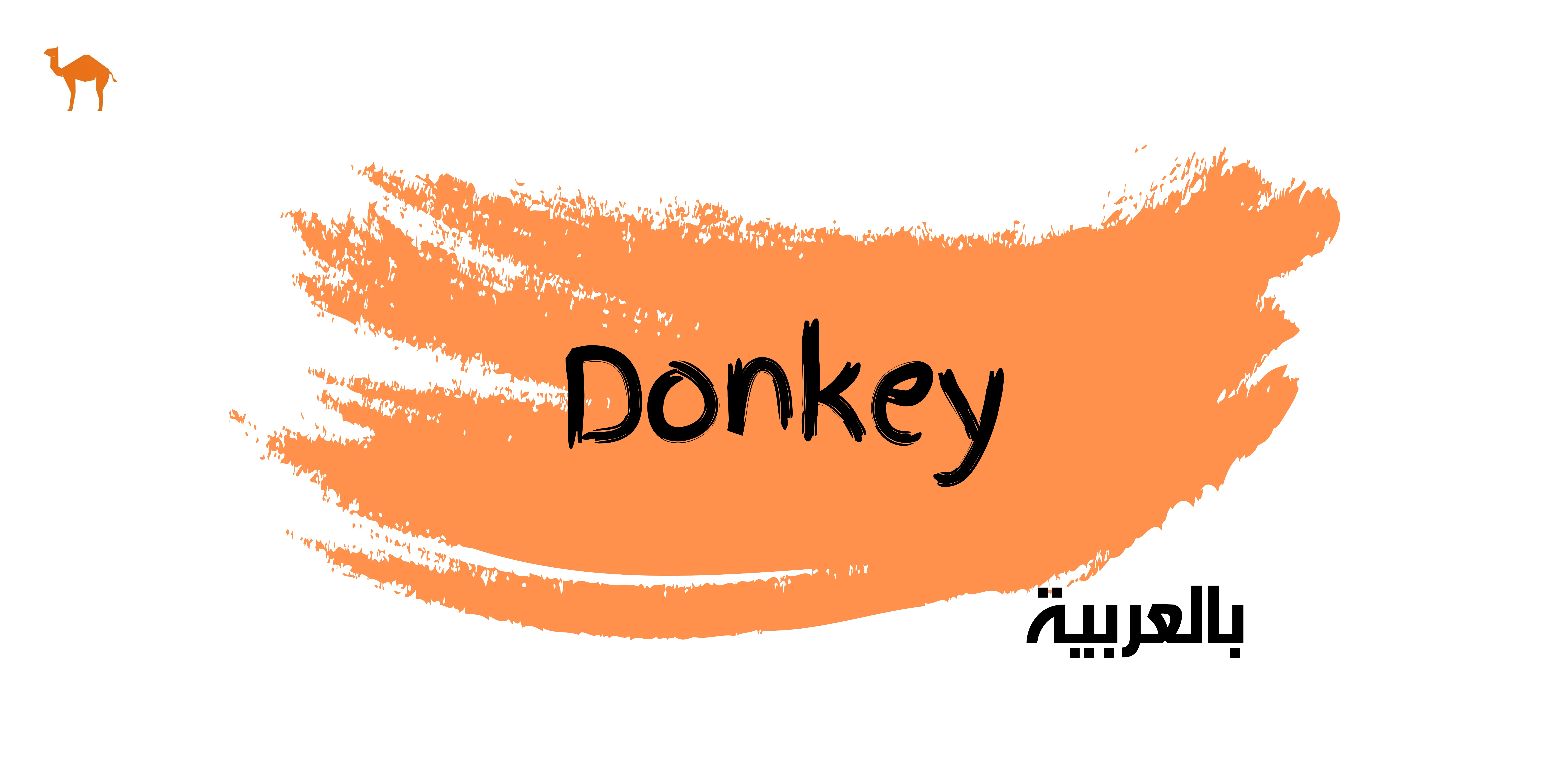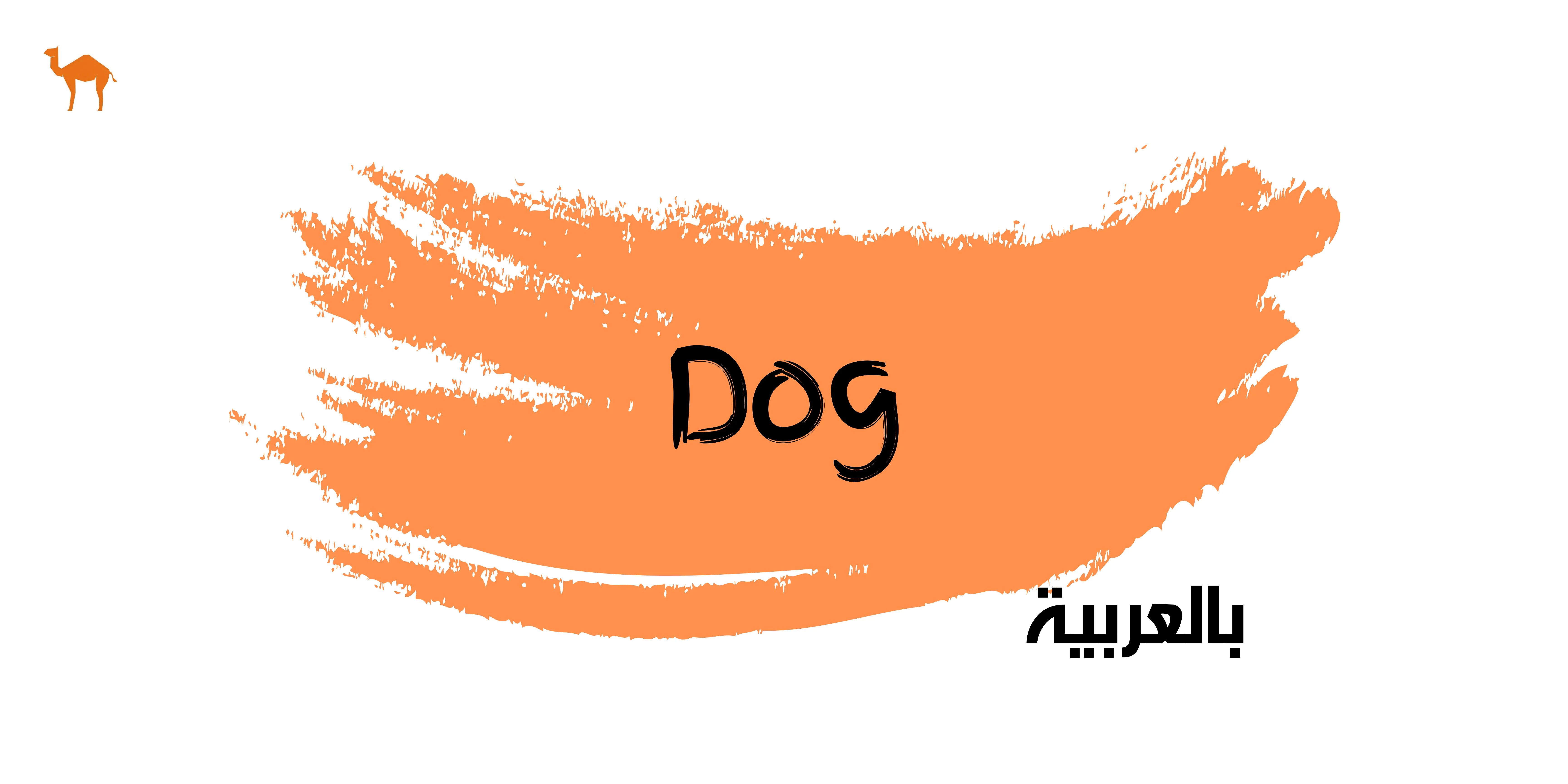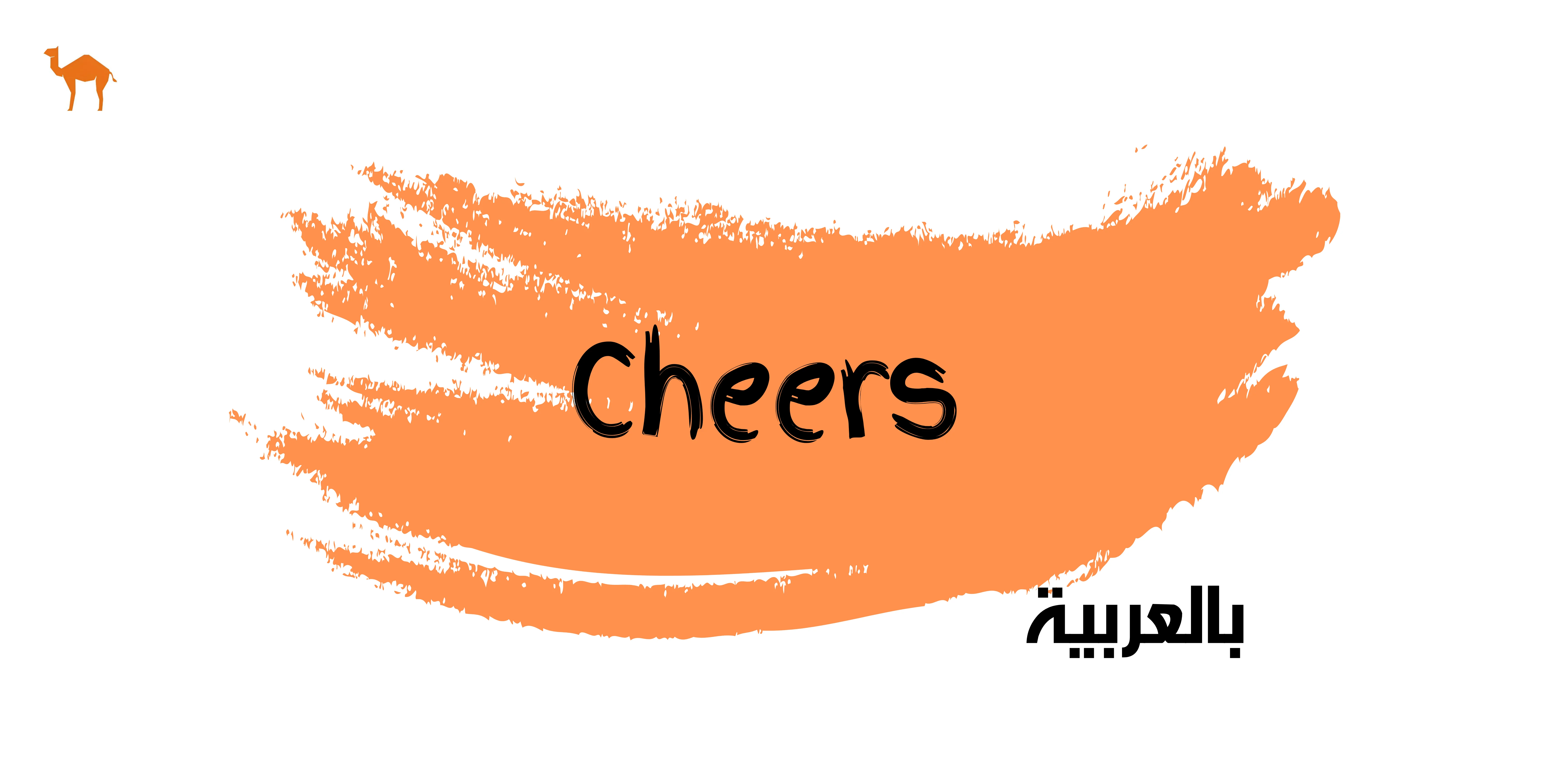How to Say 'This' in Arabic

Demonstratives are words we use to indicate nouns in a sentence. They point out specific nouns that are near or far in time and space. "This" is used to refer to something specific that is close to the speaker. In this article, you will learn how to say 'this' in Arabic.
How to Say This in Arabic
In Arabic, "this" is used to refer to something specific that is close to the speaker. It is important to provide clarity and specificity in communication. Here are the different forms of "this" in Arabic, along with their usage:
هذا (hadha) - "this" (masculine singular)
- Usage: Used to refer to a singular masculine noun that is close to the speaker.
- Example: هذا الكتاب جديد.
- Translation: "This book is new."
هذه (hadhihi) - "this" (feminine singular)
- Usage: Used to refer to a singular feminine noun that is close to the speaker.
- Example: هذه القطة جميلة.
- Translation: "This cat is beautiful."
هذان (hadhan) - "these two" (masculine dual)
- Usage: Used to refer to two masculine nouns that are close to the speaker.
- Example: هذان الطالبان مجتهدان.
- Translation: "These two students are hardworking."
هاتان (hatan) - "these two" (feminine dual)
- Usage: Used to refer to two feminine nouns that are close to the speaker.
- Example: هاتان البنتان لطيفتان.
- Translation: "These two girls are nice."
هؤلاء (ha'ula') - "these" (plural, used for both masculine and feminine)
- Usage: Used to refer to multiple nouns (masculine or feminine) that are close to the speaker.
- Example: هؤلاء الأطفال يلعبون.
- Translation: "These children are playing."
How to Say This in Arabic Dialects
Egyptian
Egyptian Arabic, also known as 'Masri' or Egyptian colloquial Arabic, is a spoken dialect of the Arabic language primarily used in Egypt. It is distinct from Modern Standard Arabic (MSA), the formal written language used in literature, media, and official communication across the Arab world.
- Masculine: ده (da)
Example: الكتاب ده (el- kitab dah) - "This book." - Feminine: دي (di)
Example: القُطة دي (el otta di) - "This cat."
Gulf (Khaliji)
Gulf Arabic refers to the Arabic dialect spoken in Saudi Arabia, Kuwait, Bahrain, Qatar, the United Arab Emirates, Oman, and parts of Iraq and Iran. It's also known as Khaliji.
- Masculine: هذا (hatha) or ذا (tha)
Example: هذا الكتاب (hatha el-kitab) - "This book." - Feminine: هذه (hathi) or ذي (thi)
Example: هذه القطة (hathi el-qitta) - "This cat."
Levantine
Levantine Arabic refers to the variety of Arabic dialects spoken in the Levant region, which includes countries such as Syria, Lebanon, Jordan, Palestine, and parts of Iraq. It's one of the major branches of Arabic dialects.
- Masculine: هادا (hada) or هيدا (hayda)
Example: هادا الكتاب (hada el-kitab) - "This book." - Feminine: هادي (hadi) or هيدي (haydi)
Example: هادي القِطة (hadi el-etta) - "This cat."
Darija (Maghrebi)
"Darija" refers to the Arabic dialects spoken in the Maghreb region of North Africa, including Morocco, Algeria, Tunisia, Libya, and Mauritania.
- Masculine: هاد (had) or هاذا (hatha)
Example: هاد الكتاب (had el-ktab) - "This book." - Feminine: هادي (hadi) or هاذي (hathi)
Example: هادي القطة (hadi el-qitta) - "This cat."
Explore the richness of the Arabic language and culture with eArabic.io's online courses tailored for learners worldwide, whether you're a beginner or an advanced student, our comprehensive curriculum and expert instruction provide an immersive learning experience accessible from anywhere. Dive into the program in Arabic, designed to deepen your understanding and proficiency in this vital language. Book a free Arabic lesson!


